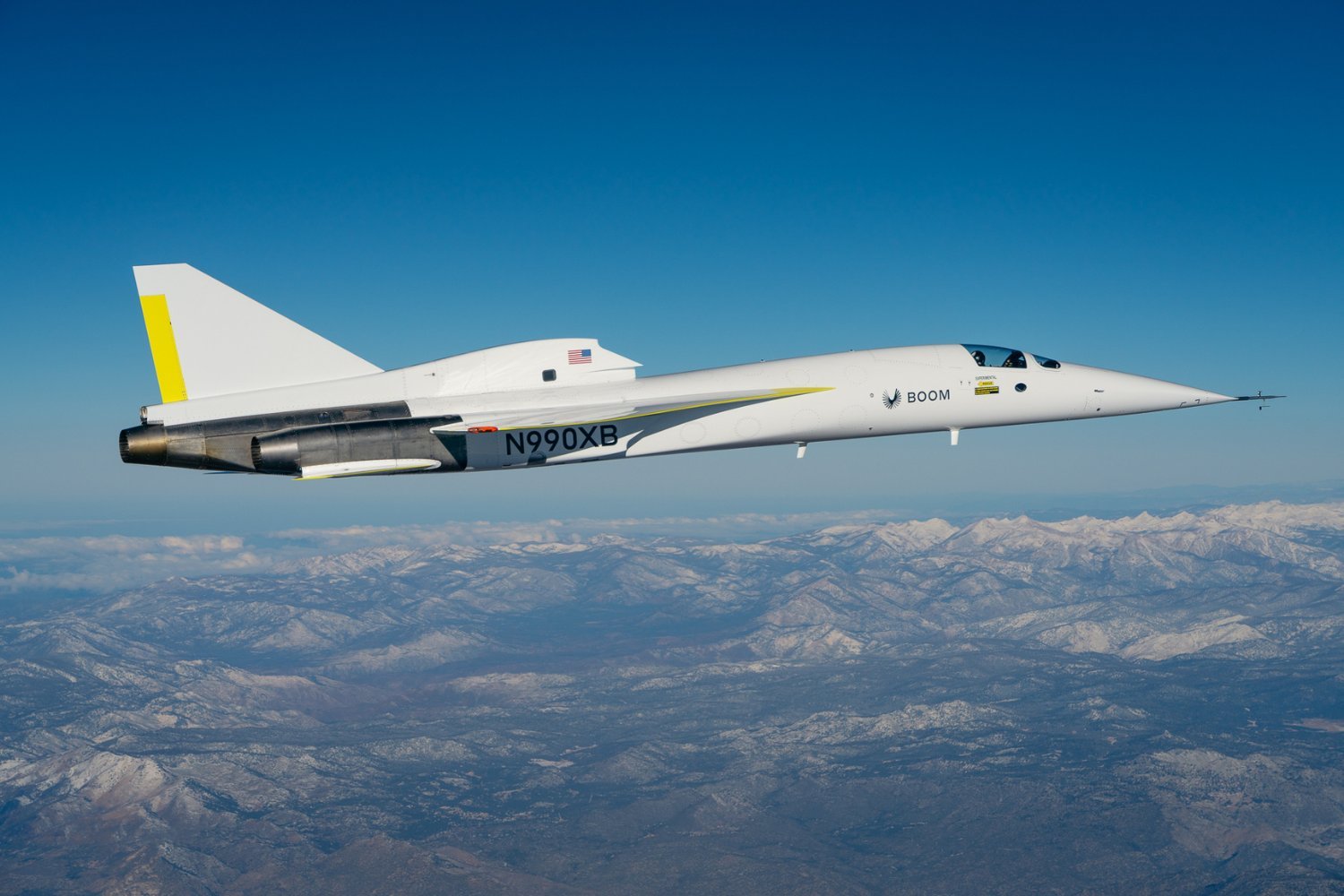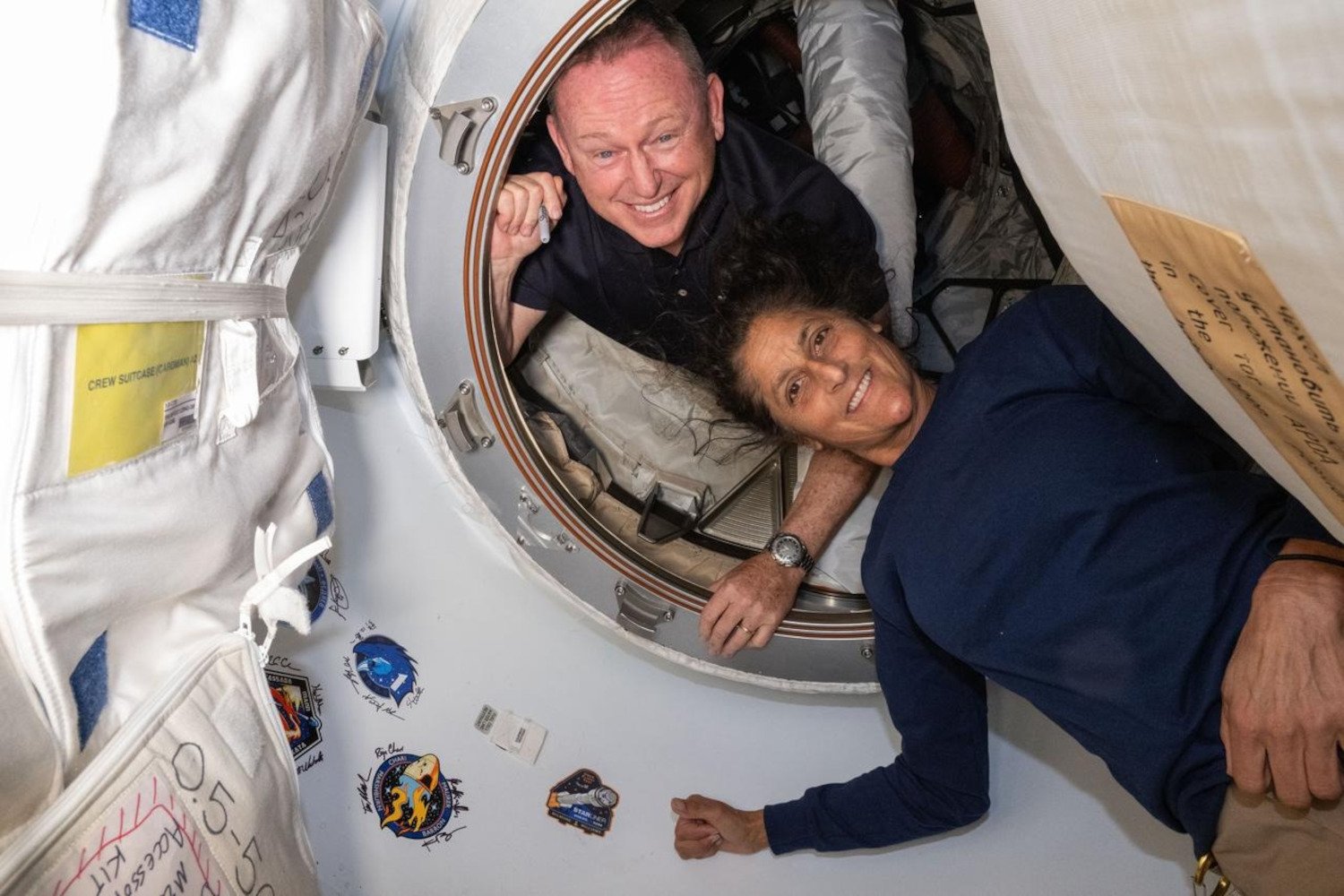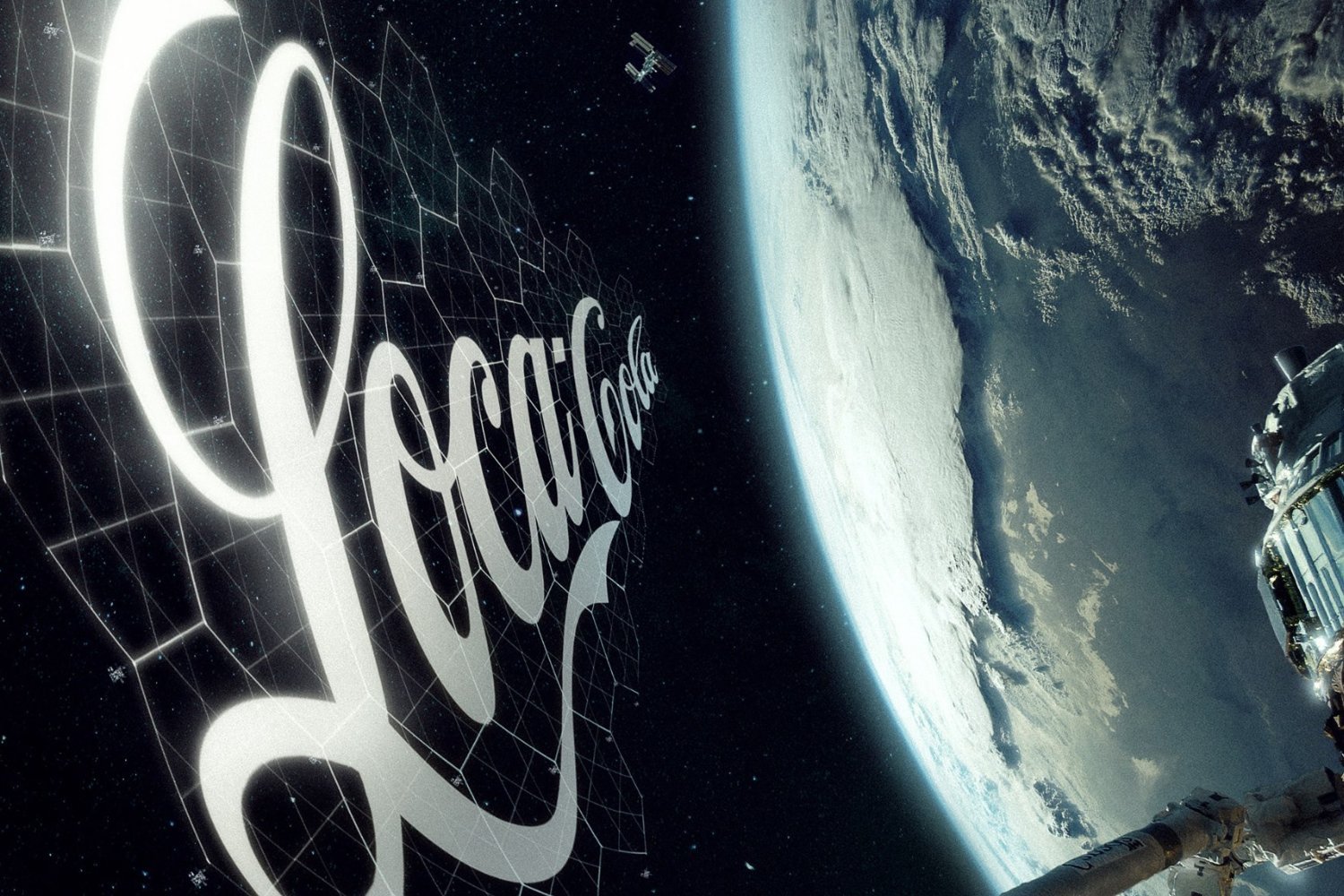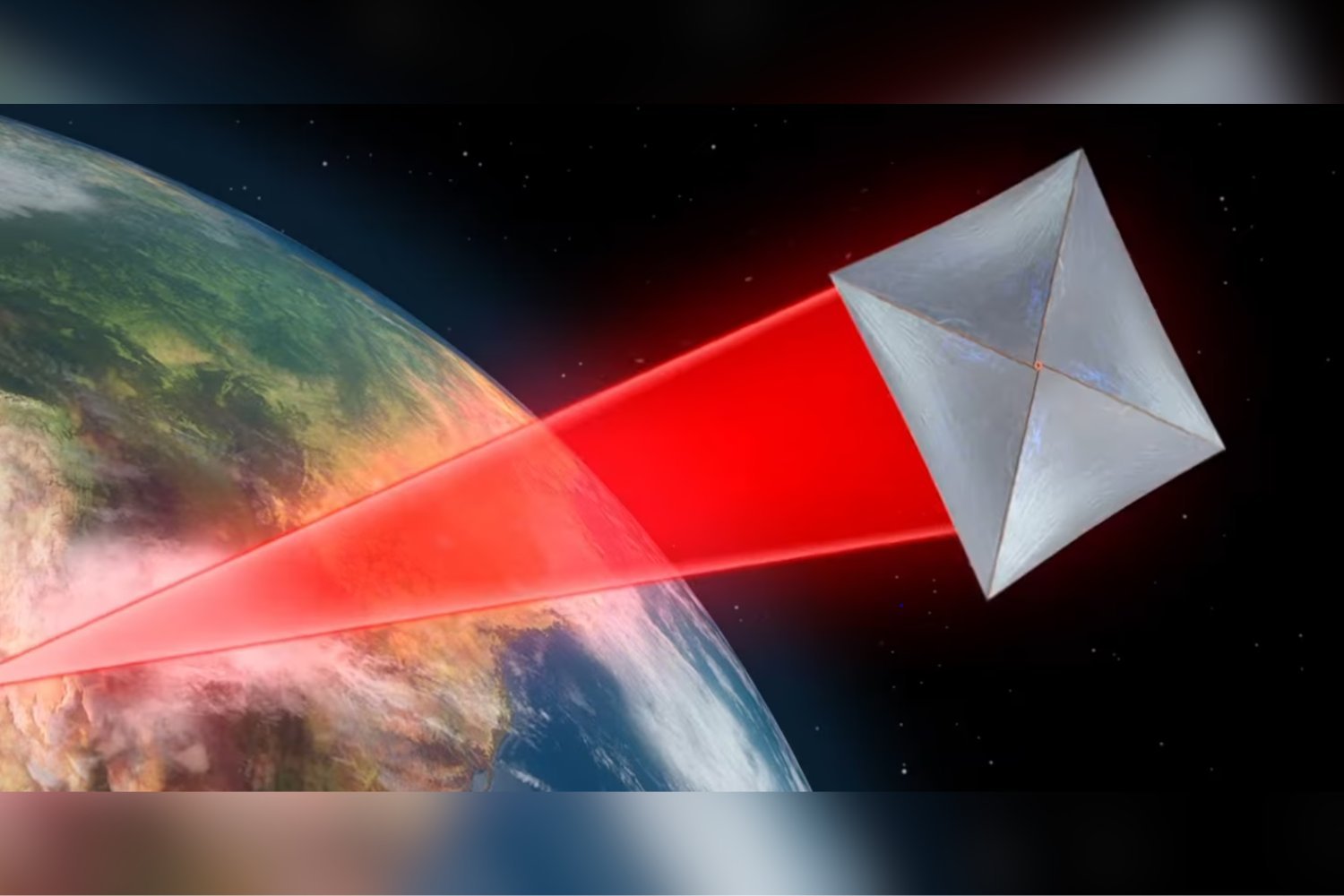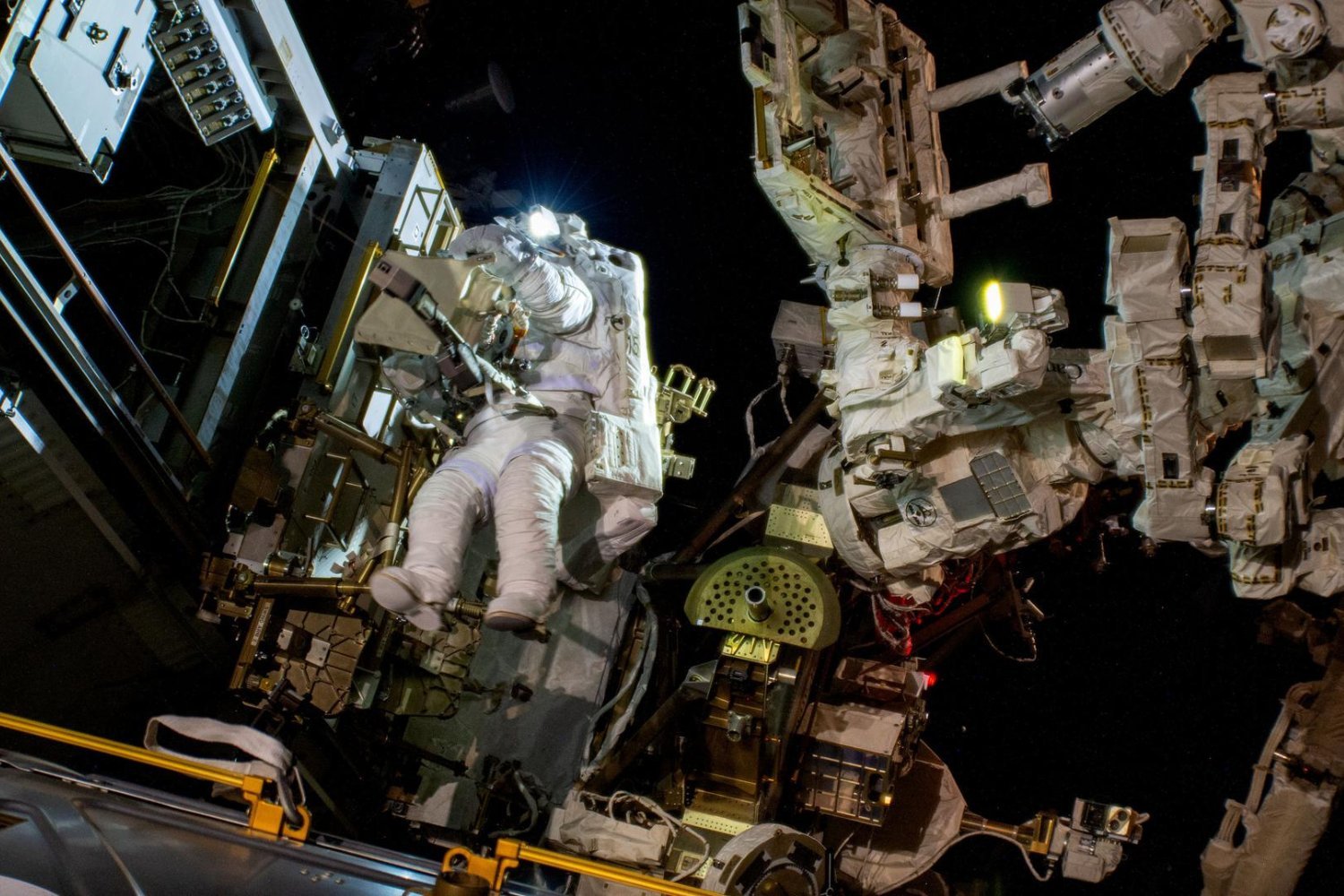Boom Supersonic, an aerospace company, is set to make a historic flight with its XB-1 demonstrator aircraft, aiming to break the sound barrier. This demonstration of supersonic flight is crucial to Boom’s mission of reviving supersonic commercial travel in the United States. While supersonic travel offers the significant advantage of drastically reduced flight times, it also faces challenges, including historical economic viability issues and the disruptive sonic booms that can impact communities below.
Reviving Supersonic Travel: A Bold Endeavor
Boom’s supersonic ambitions are a significant undertaking. The company’s XB-1 demonstrator has been undergoing a series of test flights since its maiden voyage in March 2024. Each subsequent flight has pushed the aircraft faster and higher, culminating in today’s attempt to achieve supersonic speeds. While slightly behind their initial end-of-2024 target, Boom is now ready for this pivotal moment. This demonstration aims to showcase the potential of supersonic technology and pave the way for their planned supersonic airliner, Overture, slated for debut in 2029.
Overcoming the Challenges of Supersonic Flight
The road to realizing commercially viable supersonic travel is paved with challenges. One key hurdle is economic sustainability. While Boom has indicated Overture will be optimized for sustainable aviation fuels derived from recycled materials, the practical implementation and widespread adoption of these fuels remain uncertain. Achieving economic viability for supersonic flight presents a considerable challenge, arguably even greater than mitigating the disruptive effects of sonic booms.
Another significant obstacle is the sonic boom, the disruptive sound produced when an aircraft surpasses the speed of sound (Mach 1, approximately 767 mph or 1,234 km/h). The FAA prohibited supersonic commercial flight over land in 1973 due to these disruptive effects. Boom, along with other players in the field, is working to address this challenge.
Collaborative Efforts in Supersonic Innovation
Boom is not alone in its pursuit of supersonic travel. Space agencies are also actively involved in developing and refining supersonic technology. NASA’s X-59, a uniquely designed aircraft, aims to achieve quiet supersonic flight. Its distinctive shape is engineered to mitigate the sonic boom, reducing it to a sound more akin to a car door closing.
If NASA’s pilot study successfully demonstrates the X-59’s ability to minimize sonic boom disruption for communities on the ground, the FAA may reconsider its restrictions on supersonic travel over land. This collaboration between private companies like Boom and space agencies like NASA represents a significant push towards making supersonic travel a reality once more.
The Future of Supersonic Flight
The resurgence of interest in supersonic travel marks a potentially exciting new chapter in aviation. While there are hurdles to overcome, the combined efforts of private companies and government agencies offer promising advancements. Boom’s attempt to break the sound barrier with the XB-1 is a significant step in this journey. The success of this endeavor, coupled with ongoing research and development, could herald a future where supersonic travel is not just a dream, but a viable and accessible mode of transportation.



